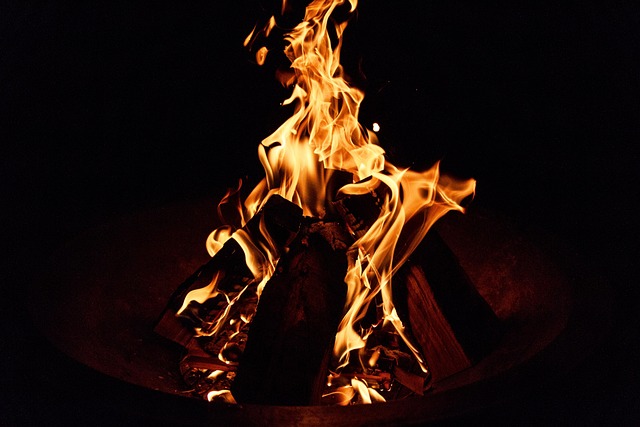San Antonio fire damage restoration involves addressing toxic smoke residues and particulate matter. Advanced air testing detects hazardous particles, guiding tailored cleaning strategies for comprehensive decontamination. The process begins with a professional assessment, containing contaminated materials, cleaning air ducts, and eliminating smoke odors to restore safe, healthy living environments.
In the aftermath of a fire, understanding smoke damage and its lasting impact on indoor air quality is crucial. Smoke can infiltrate deep into building structures and leave behind toxic residues, posing significant health risks. This article delves into the critical role of indoor air testing in the San Antonio fire damage restoration process. We’ll explain how thorough testing identifies hazardous contaminants, guiding safe and effective remediation to restore not just buildings but also the peace of mind of affected residents.
- Understanding Smoke Damage and Its Impact
- The Role of Indoor Air Testing in Restoration
- San Antonio Fire Damage Restoration Process
Understanding Smoke Damage and Its Impact

Smoke damage from a fire can leave behind harmful residues that affect indoor air quality. When a fire occurs, various toxic chemicals and particulate matter are released into the air, which can then infiltrate homes or buildings. These include carbon monoxide, volatile organic compounds (VOCs), and fine particulate matter like ash and soot. In San Antonio fire damage restoration, understanding these implications is crucial for ensuring a safe and healthy environment post-disaster.
The impact of smoke damage extends beyond visible charring. Even if the initial flames have been extinguished, lingering smoke particles can infiltrate walls, furniture, fabrics, and other porous materials. This can result in long-term health issues for occupants, such as respiratory problems and allergic reactions. Therefore, proper air testing is essential to identify and mitigate these hazards, which forms a critical part of the San Antonio fire damage restoration process.
The Role of Indoor Air Testing in Restoration

After a fire, the San Antonio fire damage restoration process involves careful steps to ensure a safe and healthy environment. Indoor air testing plays a pivotal role in this process, providing crucial insights into the remnants of smoke and soot left behind. By employing advanced techniques and technology, professionals can accurately assess the extent of air contamination, identifying hazardous particles that may remain undetected by the naked eye.
This comprehensive testing is essential for effective restoration, as it helps set a baseline for cleaning efforts. It allows restoration specialists to tailor their strategies, ensuring every corner and crevice is thoroughly decontaminated. Moreover, indoor air testing provides peace of mind, assuring homeowners and businesses that the air they breathe post-restoration is safe, free from harmful residues, and conducive to a healthy living or working environment.
San Antonio Fire Damage Restoration Process

After a fire, the San Antonio fire damage restoration process begins with a thorough assessment. Restoration professionals inspect affected areas, identifying smoke and water damage extent. This involves examining walls, ceilings, flooring, and belongings to determine the best course of action for repair or replacement. The goal is to mitigate further damage and ensure safety.
Next, the team implements essential steps in the San Antonio fire damage restoration process. This includes containing and removing contaminated materials, like charred debris and soot. They employ specialized equipment to clean air ducts and remove odors caused by smoke. Restoring the indoor environment to a safe, livable state is paramount, ensuring that residents can return home quickly while maintaining health and safety standards.
Smoke damage can significantly impact indoor air quality, posing potential health risks. Understanding this and the role of indoor air testing is crucial in the San Antonio fire damage restoration process. By identifying and mitigating contaminants, professionals ensure a safe and healthy environment, restoring not just structures but also peace of mind for affected residents.
